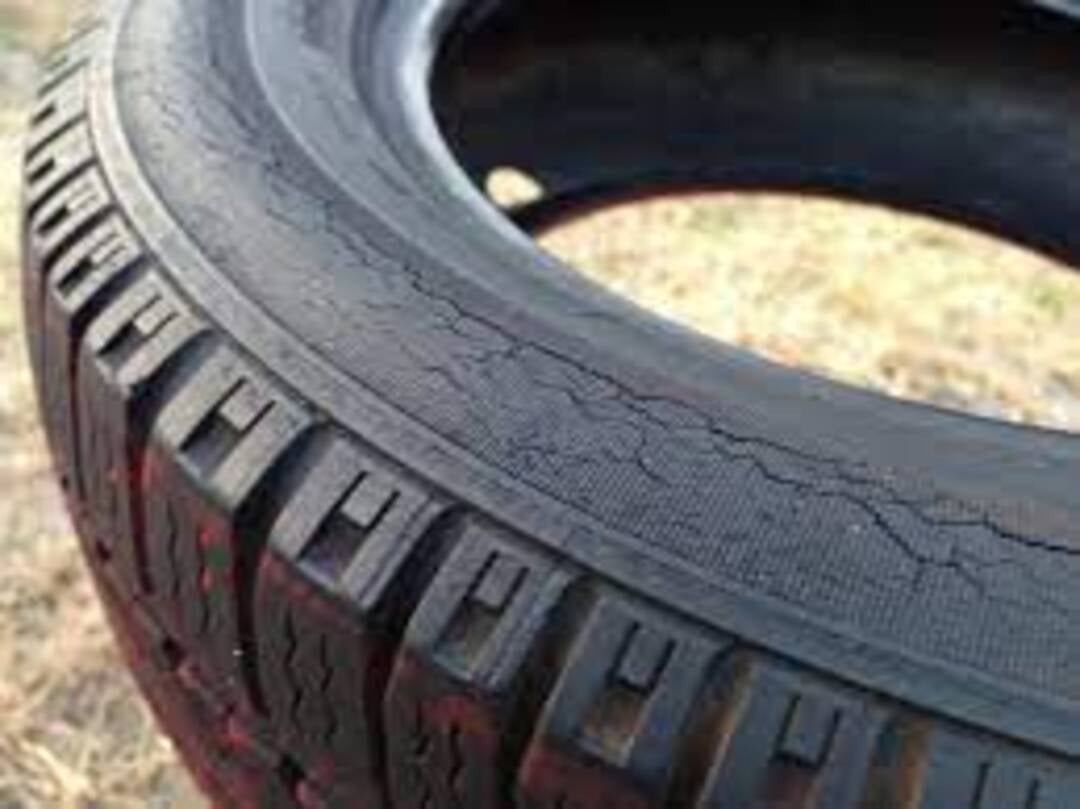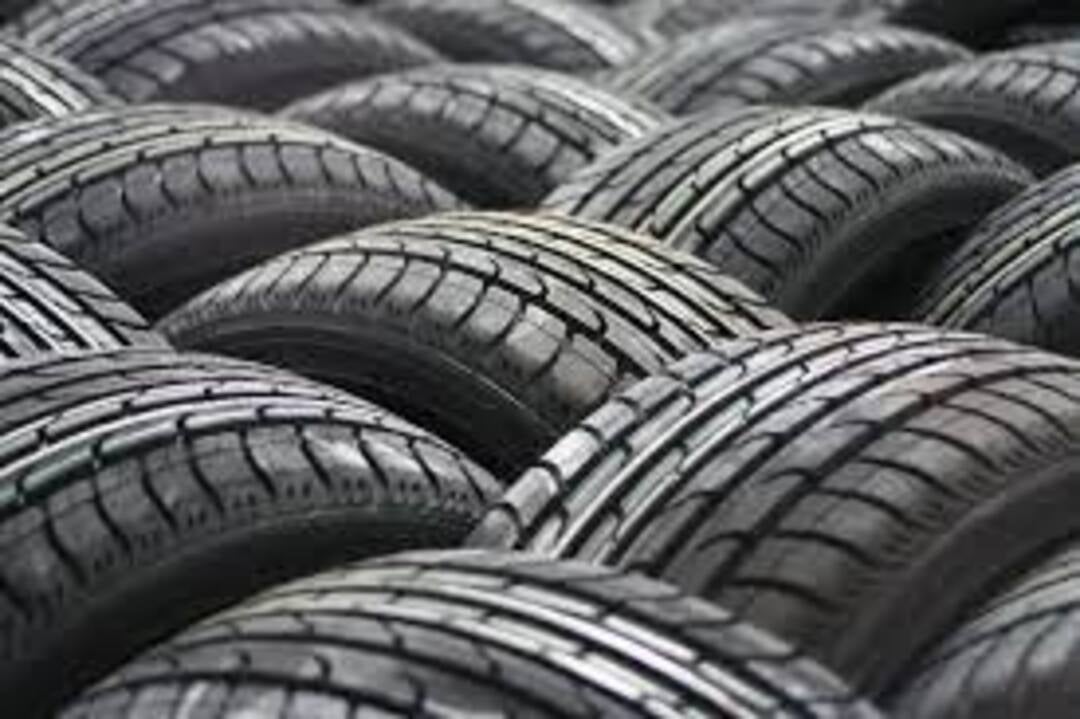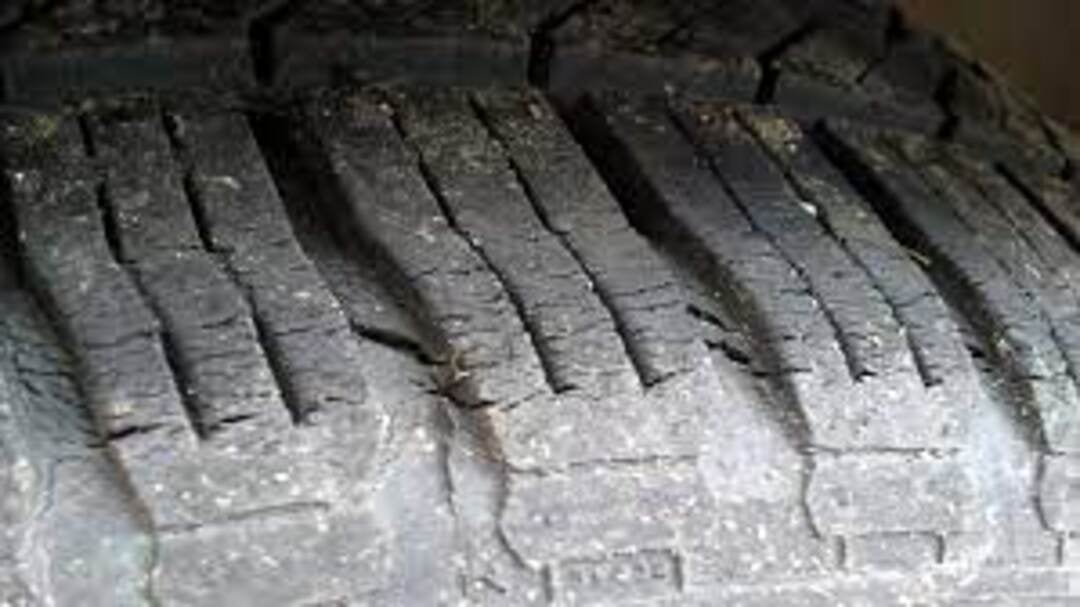Important Things to Know About Tire Tread
When it comes to vehicle maintenance, one often overlooked but critically important aspect is tire tread. Tire tread plays a crucial role in ensuring your safety on the road and the overall performance and longevity of your tires.
What is Tire Tread?
Tire tread refers to the pattern of grooves and ridges on the surface of a tire that comes into contact with the road. These grooves are designed to provide traction, improve handling, and evacuate water from beneath the tire to prevent hydroplaning. Proper tire tread is essential for safe and efficient driving.
Tread Depth Matters
The depth of your tire tread is critical in determining tire performance. Tires have tread wear indicators, usually in the form of small bars molded into the tread. When the tread wears down to the level of these indicators, it's time to replace the tire. In most regions, the legal minimum tread depth is typically 2/32 of an inch. Still, many experts recommend replacing tires when the tread depth reaches 4/32 of an inch for optimal safety and performance.
Tread Patterns
Your choice of tire tread should align with the driving conditions you typically encounter. If you live in an area with frequent rain, you'll benefit from tires with good water evacuation channels to prevent hydroplaning. On the other hand, if you often drive on gravel or dirt roads, consider all-terrain or off-road tires with a more aggressive tread pattern for improved traction.
Tire tread patterns come in various designs, each suited to different driving conditions. Common tread patterns include:
All-Season Tires: These tires have a versatile tread pattern designed to perform well in various weather conditions. They are suitable for most drivers in moderate climates.
Summer Tires: Summer tires have a tread pattern optimized for warm and dry conditions, providing excellent grip and handling. However, they may perform poorly on snow and ice.
Winter Tires: Winter tires feature deep grooves and unique compounds designed for cold, icy, and snowy conditions. They significantly improve traction and safety during winter driving.
Performance Tires: These tires are designed for sports cars and high-performance vehicles, with tread patterns that maximize grip on dry roads.
Off-Road Tires: Off-road tires have aggressive tread patterns that provide traction on rough terrain and muddy or sandy conditions.
Choosing the correct tread pattern for your driving needs and local climate is essential for safety and performance. It's common to change tires twice a year in regions with distinct seasons. Winter tires are designed for cold and icy conditions, while summer or all-season tires perform better in warmer weather. This seasonal swap maximizes your safety and the lifespan of your tires.
Tire Rotation
Tire rotation is a maintenance practice that involves regularly moving the tires from one position to another on your vehicle. This helps ensure even wear and extends the life of your tires. Different vehicles have specific rotation patterns recommended by manufacturers, so following these guidelines is essential.
Tire Alignment
Proper tire alignment is essential to ensure even tread wear. When your vehicle's wheels are not correctly aligned, it can cause uneven wear on the tires, leading to premature replacement. Regular alignment checks and adjustments are crucial to maximizing tire tread life.
Tire Balancing
Balancing your tires is another crucial maintenance step. Unbalanced tires can cause uneven wear, leading to tread problems. Balancing involves adding weights to the tire and wheel assembly to ensure they rotate evenly, reducing vibrations and uneven wear.
Over-Inflation and Under-Inflation
Maintaining the correct tire pressure is crucial for preserving tire tread. Over-inflated tires can cause the center of the tread to wear more quickly, while under-inflated tires can cause the edges to wear faster. Regularly checking and maintaining the recommended tire pressure levels specified in your vehicle's owner's manual is vital for proper tread wear.
Tire Age Matters
Tires can degrade over time, even if they have sufficient tread depth. Rubber can dry out and become less flexible, reducing traction and safety. Most tire manufacturers recommend replacing six years old or older tires, regardless of their tread depth.
To determine the age of a tire, look for the DOT (Department of Transportation) code on the sidewall. The last four digits of this code indicate the week and year of manufacture. For example, "0619" means the tire was manufactured in the 6th week of 2019. Always check the age of the tires, even if they have sufficient tread, and consider replacing them if they are older than six years.
Check for Irregular Wear
Regularly inspect your tires for signs of irregular wear, such as cupping, feathering, or uneven tread wear. These issues can indicate problems with your vehicle's suspension, alignment, or tire balance. Addressing these issues promptly can help preserve your tire tread and ensure safe driving.
Buy Quality Tires
Investing in high-quality tires from reputable manufacturers is essential for safety and longevity. Quality tires are engineered with advanced materials and technologies, improving tread life and overall performance. While they may be more expensive upfront, they often provide better value in the long run.
Tire Maintenance Saves Money
Proper tire maintenance not only extends the life of your tires but also improves fuel efficiency and overall vehicle performance. Well-maintained tires can save you money in the long term by reducing the frequency of tire replacements and enhancing your vehicle's gas mileage.
Environmental Impact
Worn-out tire treads can negatively impact the environment. Tires with low tread depth produce more heat and friction, increasing fuel consumption and greenhouse gas emissions. Maintaining proper tire tread can reduce your carbon footprint and contribute to a greener planet.
Understanding and maintaining your tire tread is essential for safe and efficient driving. Regularly checking tread depth, following recommended maintenance practices, and choosing the right tires for your driving conditions are all crucial steps in ensuring your safety on the road. By caring for your tires, you can enjoy a smoother and more cost-effective driving experience while contributing to environmental sustainability.
Schedule Service




